Data Analysis and Statistics Homework Assignment, Semester 1
VerifiedAdded on 2019/10/18
|9
|818
|148
Homework Assignment
AI Summary
This homework assignment covers various aspects of statistics, including descriptive statistics, data analysis, and survey design. The solution presents the analysis of datasets, calculating mean, standard deviation, and identifying key findings from the data. It also explores different measurement scales like nominal, ordinal, and interval scales, and discusses the importance of designing measurement scales, the use of multiple-item scales, and the advantages and disadvantages of unstructured questions. Furthermore, the assignment delves into identifying bad questions, using transition phrases in surveys, understanding response bias, and the significance of data validation. The solution also addresses handling missing data and the use of one-way tabulation for data analysis. This assignment is a valuable resource for students seeking to understand and solve statistical problems.
1 out of 9
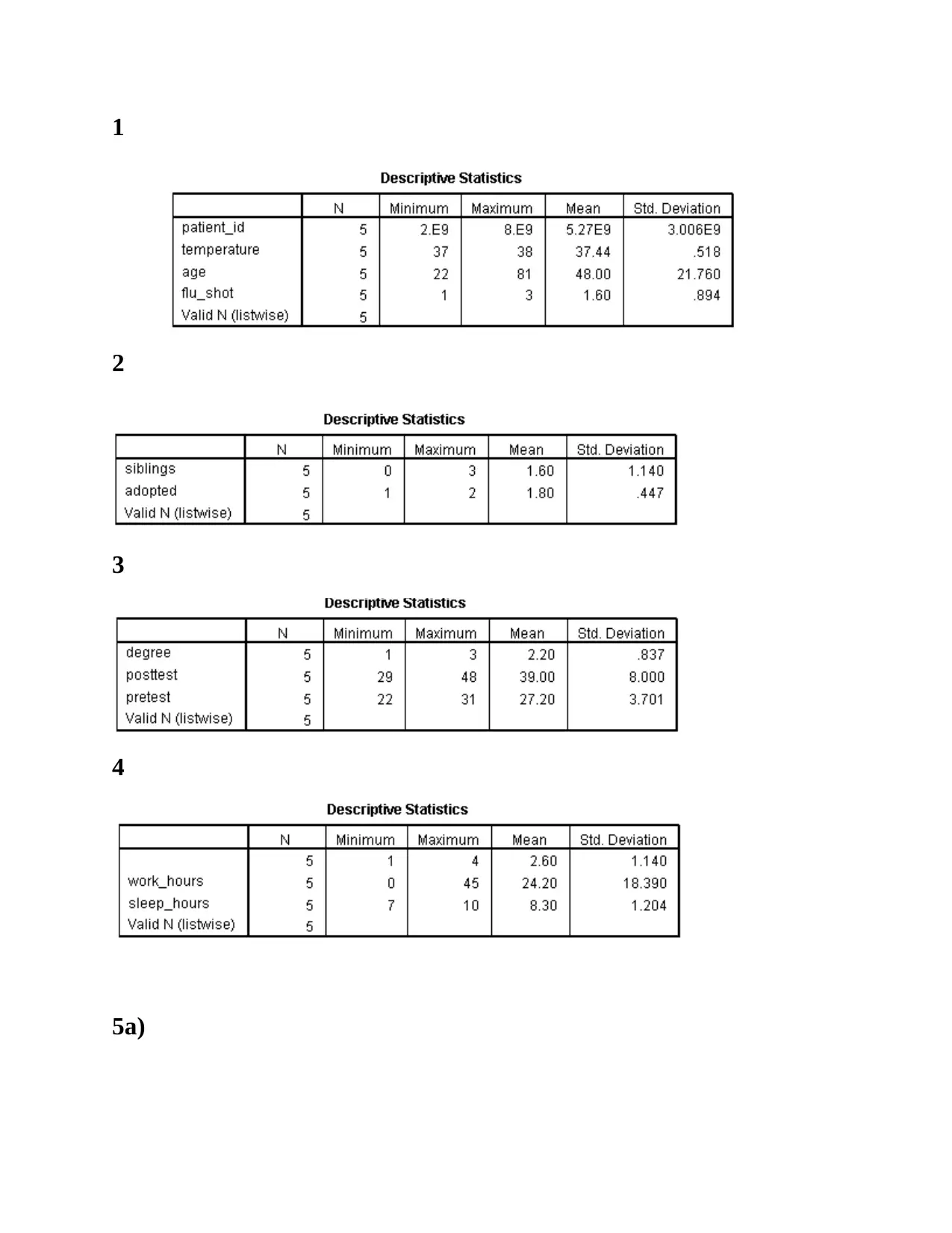
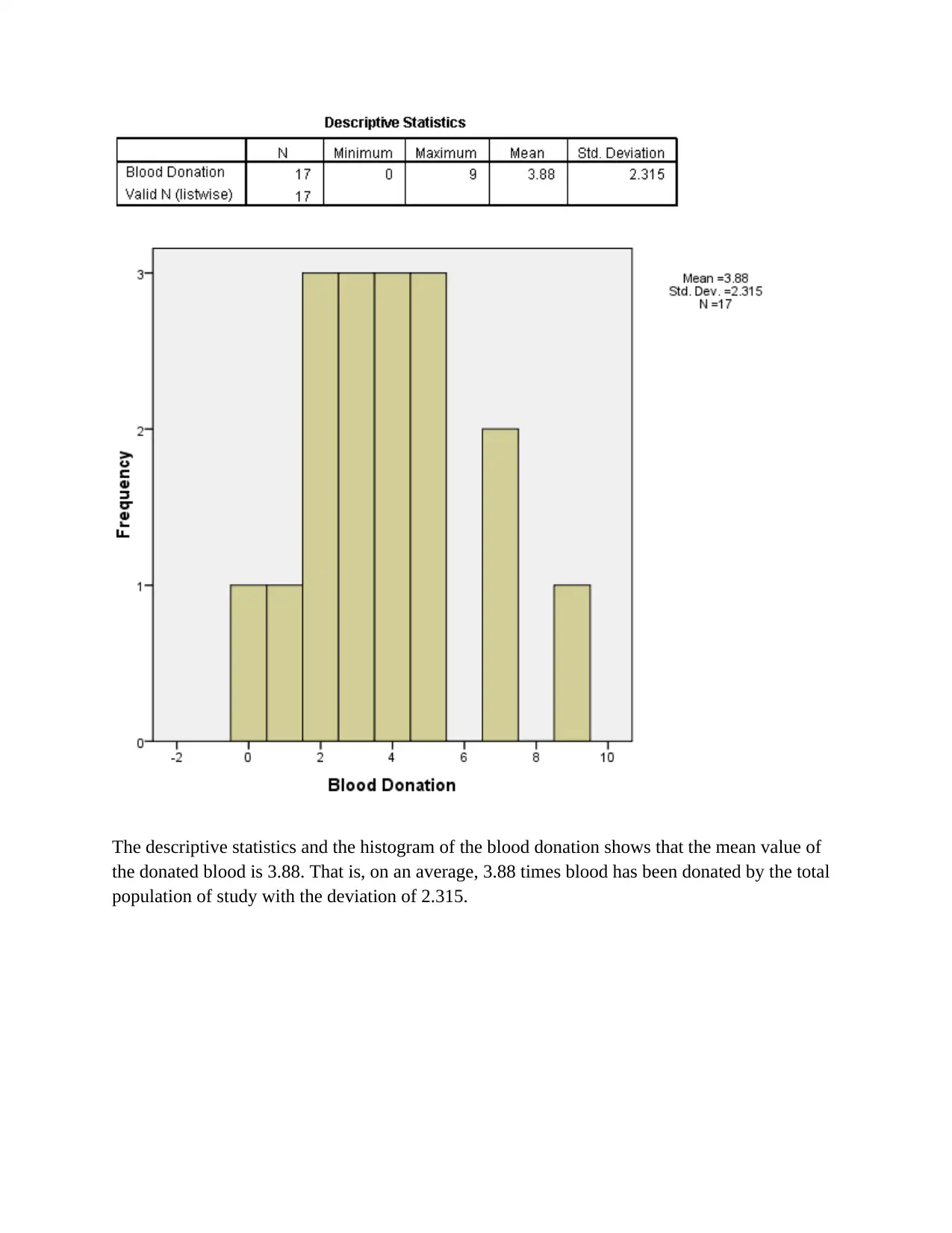
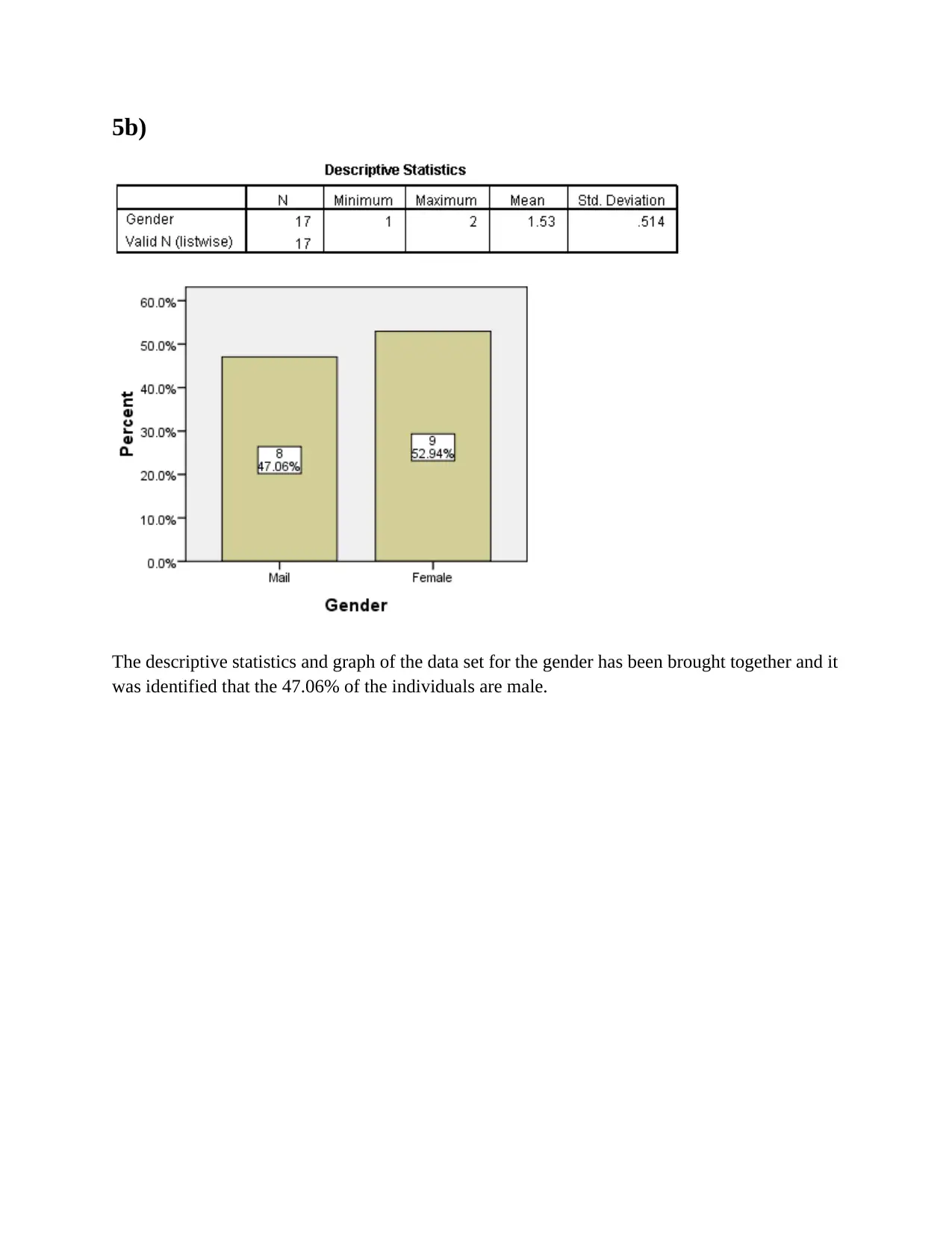

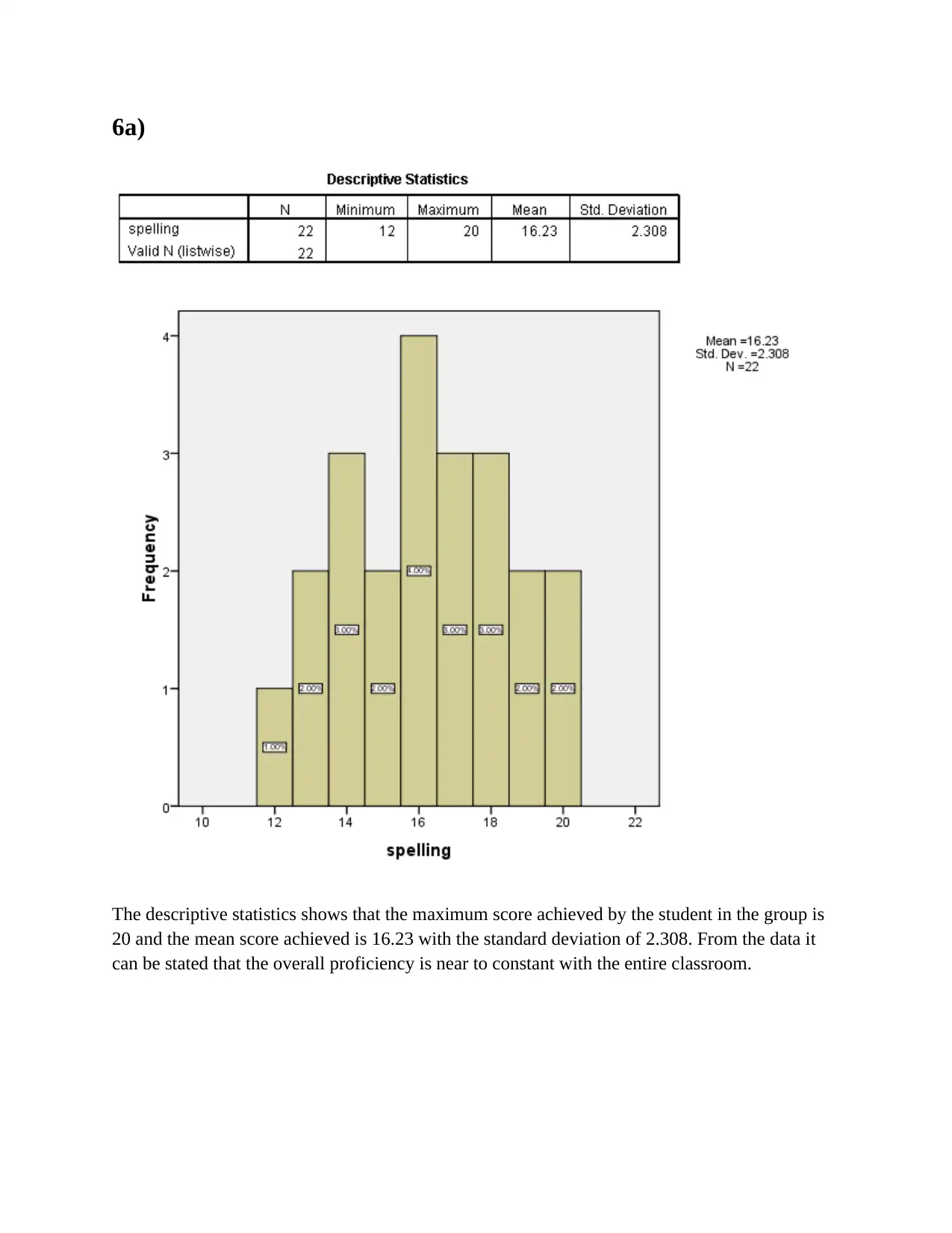
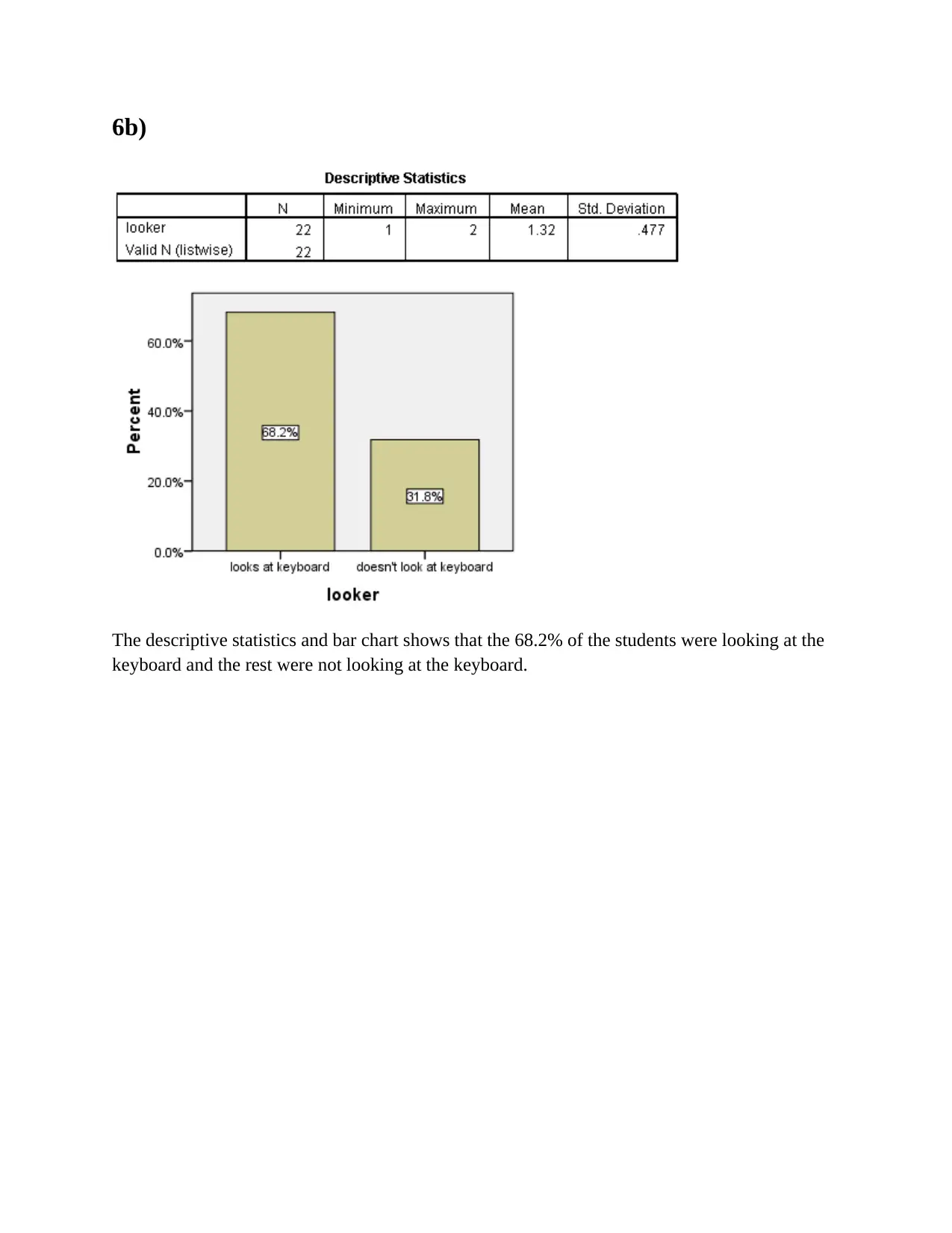
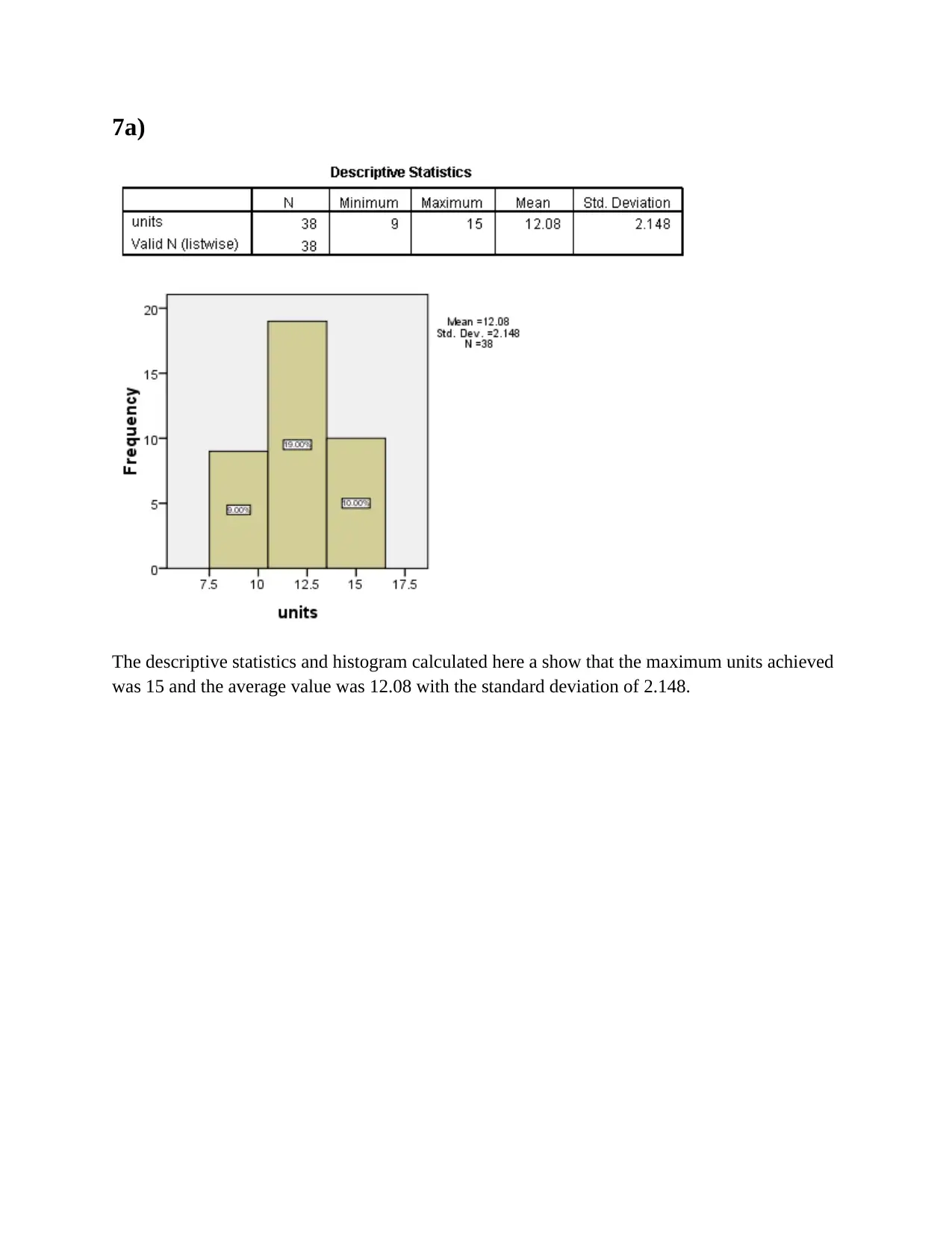
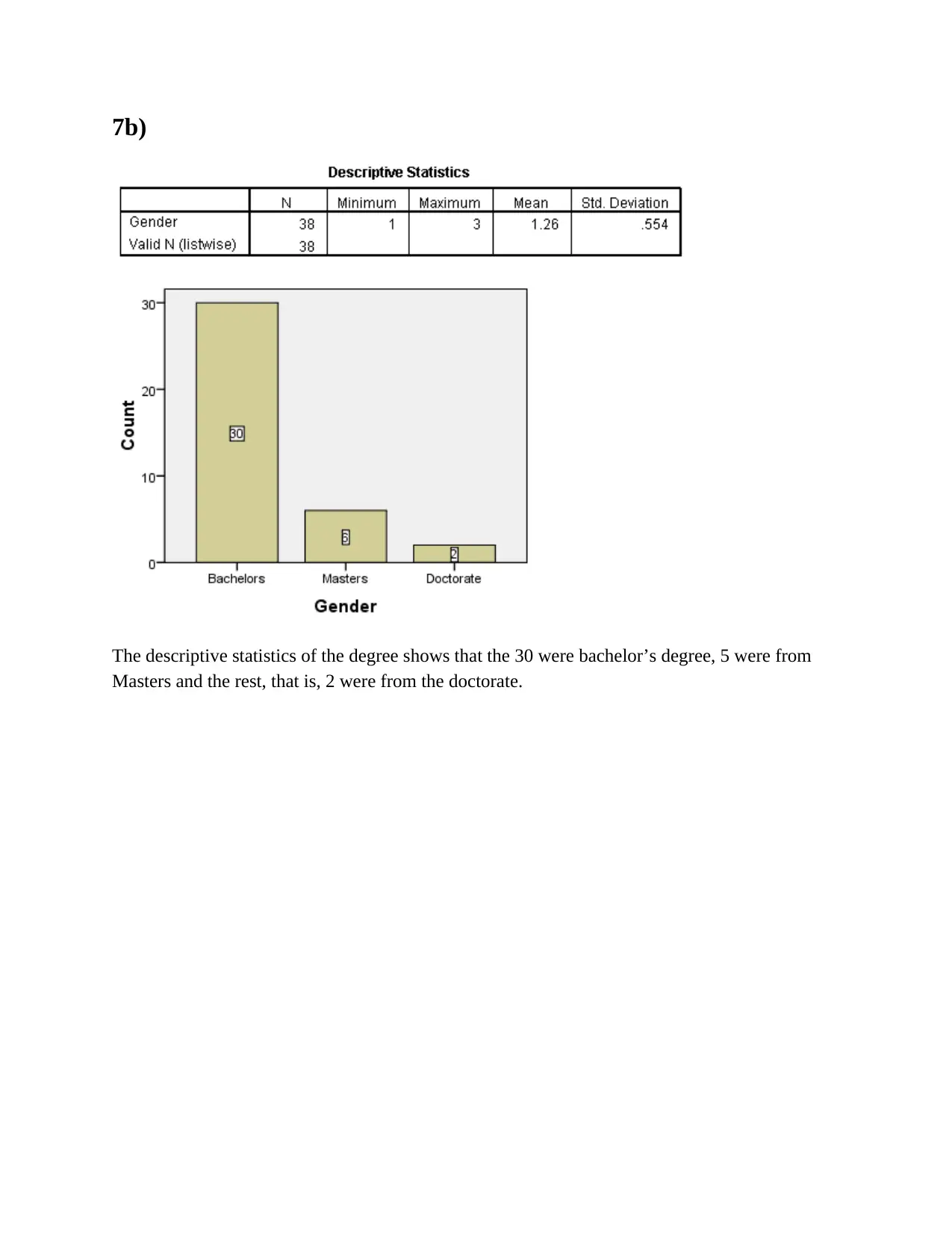
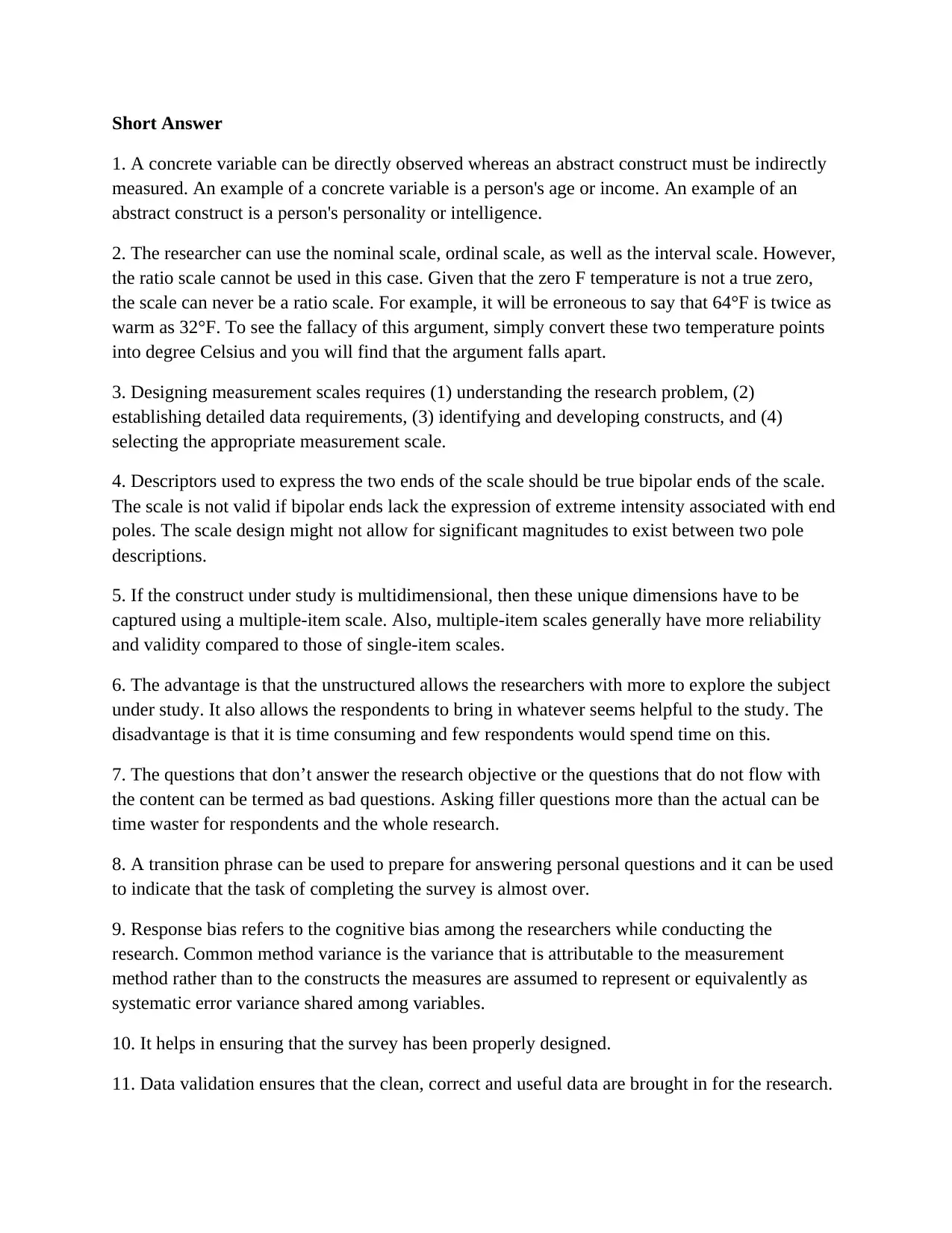
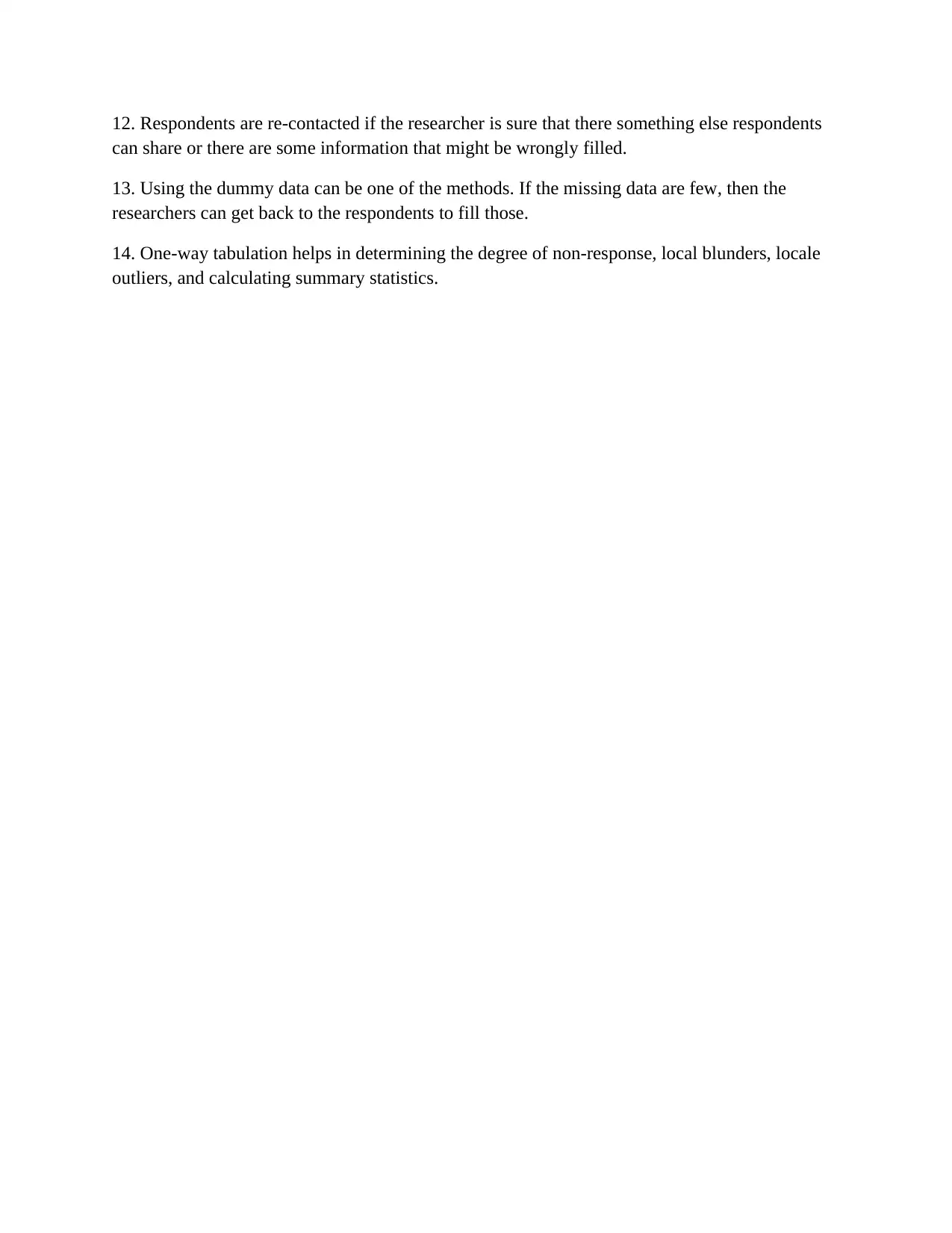
![[object Object]](/_next/static/media/star-bottom.7253800d.svg)